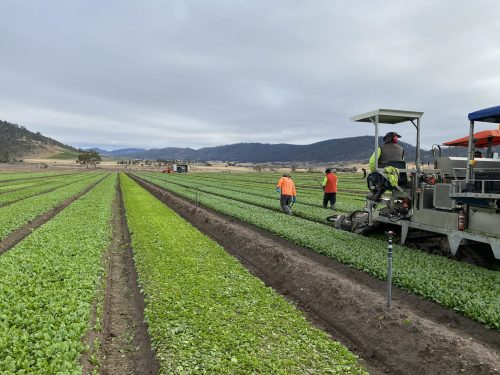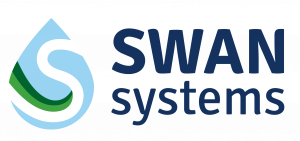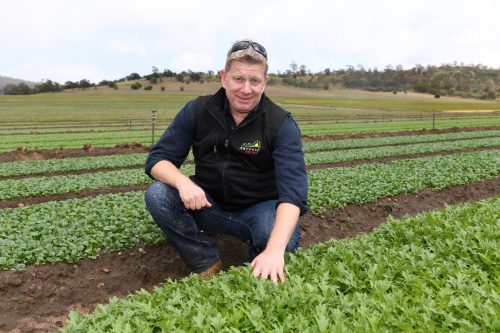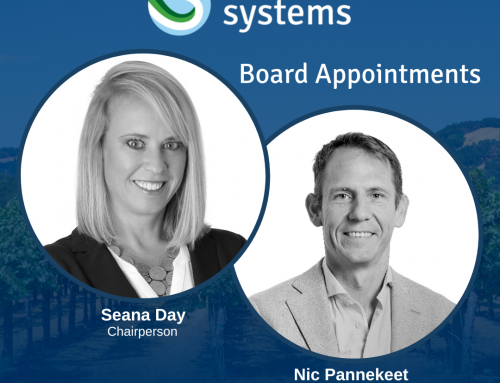Harvest Farms, a leafy salad farm in Richmond, Tasmania, grow 65 hectares of salad crops, under 85 different irrigation zones and have been using SWAN Systems to manage their irrigation requirements.

Harvest Farms is a leafy salad farm in Richmond, Tasmania, owned by national fresh produce company One Harvest. They grow a variety of different salad crops on 65 hectares under fixed sprinkler irrigation, on a mixture of soils ranging from sandy loams to clays.
SWAN Systems is an irrigation and crop nutrition management software platform with extensive monitoring and reporting functionality. The system integrates with a variety of data sources to help irrigators achieve optimal economic, management and environmental outcomes.
Getting irrigation right on leafy salad is critical. Too much water will cause fungal and bacterial disease issues and is wasteful of such a precious resource. This is even more pertinent given recent severe water restrictions. Too little will negatively affect both yield and quality and can have its own associated disease issues.
Water management on an operation the size of Harvest Farms is complex and time consuming. There are 85 different irrigation zones, each containing multiple beds with staggered plantings of different crops. Adding to this complexity is the short turnaround time between crops, with growing cycles as short as 3 or 4 weeks for some periods of the year. In an effort to get their irrigation needs just right, up to two hours each day is spent physically examining the soil in each active block.
Harvest Farm’s General Manager Lawrence Cowley, had been looking for an efficient alternative way to manage irrigation for some time, and in 2019 a trial commenced to evaluate whether SWAN Systems could help.
SWAN is configured to automatically receive weather and soil moisture data from existing site equipment, and actual applied irrigation volumes for each valve from their control system. It also incorporates site-specific 7-day weather forecasts from the Bureau of Meteorology (BoM). Processing this data, a daily soil moisture balance is maintained for each of the 85 blocks based on their individual soil moisture holding properties, and this is projected over the next 7 days to inform daily irrigation application amounts.
To manage the complexity of multiple crop types and short growing cycles, SWAN Systems created specific software that processes operational data from Harvest Farms’ computerised management system. It combines crop type, planting date and harvest date with crop coefficient tables for each crop and growing phase, to automatically update this essential information in their SWAN account, minimising the amount of manual data management required.
Where installed, soil moisture probe data is used to evaluate the accuracy of SWAN’s calculated soil moisture balance and if necessary, crop coefficients (or other variables) can be adjusted to make this more accurate. Our findings to date show that initial estimates of daily crop water use were underestimated – leafy salad is a thirsty crop. Having revised crop coefficients upwards accordingly, there is now a strong correlation between calculated balances and soil moisture probe data.
This exercise will be repeated in multiple locations and crop types to build confidence in the system, with the ultimate goal being to manage the irrigation of the entire complex operation efficiently and effectively.





